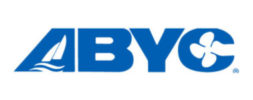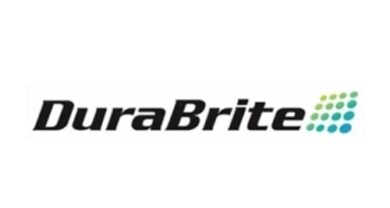Marine Industry stakeholders form Whale and Vessel Safety Task Force

A diverse group of marine industry stakeholders announced today the establishment of the Whale and Vessel Safety (WAVS) Task Force. This panel of experts will work to identify, develop, and implement technology and monitoring tools to mitigate the risk of vessel strikes to marine mammals, with special attention to North Atlantic Right Whales (NARW).
“The marine industry is committed to working with NOAA and industry partners to reduce the risk of vessel strikes on NARW and other marine mammals through the use and development of scalable, quantifiable technology-based solutions”, said John DePersenaire, Director of Government Affairs and Sustainability for the Viking Yacht Company. “Management of the NARW has proven difficult for resource managers, and the marine community is stepping forward to help meet that challenge.”
Fewer than 350 individual NARW remain, and below-average reproductive output makes for a dire long-term outlook. Vessel strikes, along with fishing gear entanglements, are the main source of anthropogenic mortality for this species.
NOAA Fisheries, under authority of the Marine Mammal Protection Act and the Endangered Species Act, currently seeks to further reduce vessel strikes through 10-knot seasonal speed restrictions and dynamic speed restriction zones based on spatial and temporal occurrence of NARW.
Alternative Solutions
With a declining NARW population and the increased presence of other marine mammals, the WAVS Task Force aims to demonstrate that leveraging available and emerging technology and marine electronics expertise is the most holistic, long-term approach for this conservation challenge. The WAVS Task Force is the only group of people from multiple commercial sectors who specialize in monitoring, detection, and communications systems that can get information to vessel operators where and when they need it most. The WAVS Task Force’s goal seeks to develop methods to bridge the gap between monitoring equipment, boat operators, and marine mammals by providing near real-time warnings in areas where NARW are seen or predicted to be.
“These solutions may complement current and future NOAA regulations to support a multifaceted response to prevent vessel strikes and protect marine mammals,” said DePersenaire. “The work of the WAVS Task Force represents an important opportunity for the marine community and private sector to contribute positively to the long-term sustainability of the marine environment, including marine mammals, through science-based techniques and measures.”
Diverse and Independent
WAVS Task Force members represent a broad spectrum of concerned independent stakeholders with backgrounds in marine mammal monitoring and detection, spatial risk analysis, marine electronics, marine biology, data analysis and telemetry. Group members are committed to a collaborative approach to provide answers for ongoing and future challenges in an ever-changing environment.
“Joining deep-rooted industry knowledge with cutting-edge innovation will leverage everyone’s strengths and together move the dial toward concrete tools that will serve marine mammals as well as the marine industry,” stated Task
Force member Emily Charry Tissier, CEO of Whale Seeker. “We are excited to
be part of this international group of experts focused on scalable solutions that will benefit global ocean conservation long-term.”
The WAVS Task Force hopes to quickly become a key contributor to marine mammal protection and innovative vessel-strike prevention. In addition to exploring methods for risk reduction and pushing marine mammal monitoring information to marine electronic systems, the group will work with experts in spatial risk modeling to quantify mitigation efforts and design management measures based on empirical data. The WAVS Task Force plans to share results from pilot projects with the public, policy makers, and resource managers.
For more information or to get involved, visit https://www.wavstaskforce.com/about-us.




